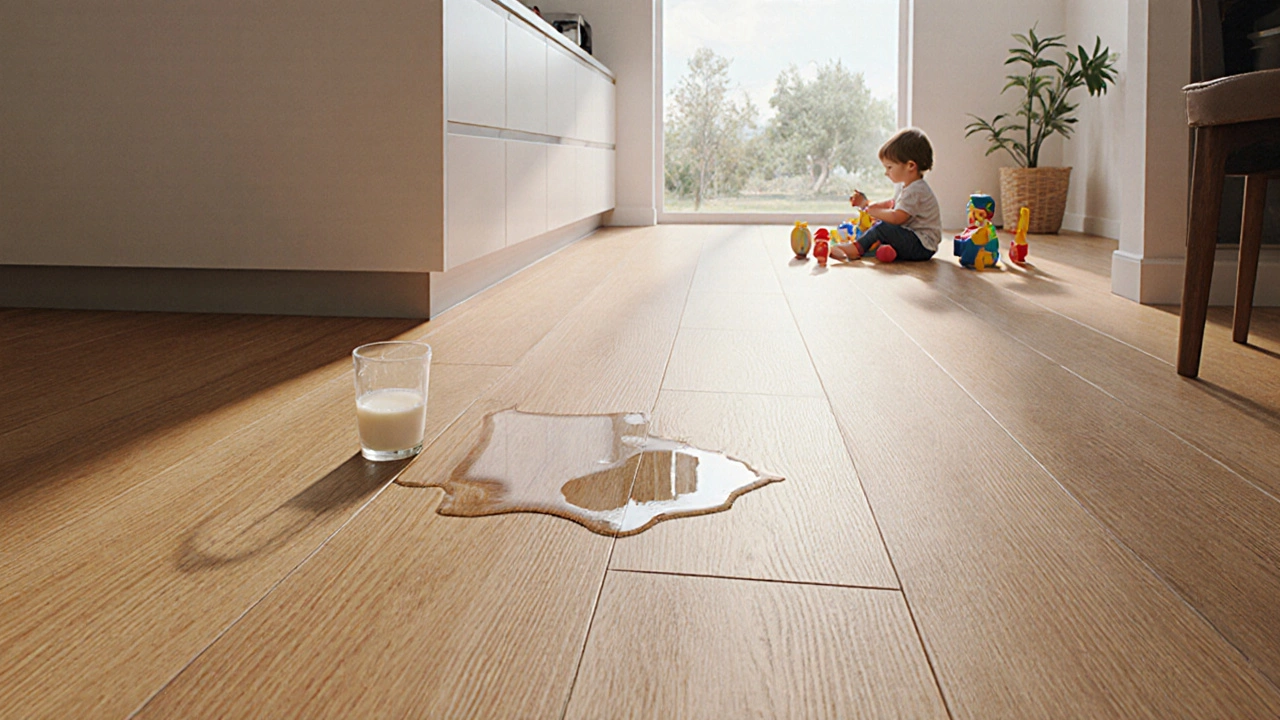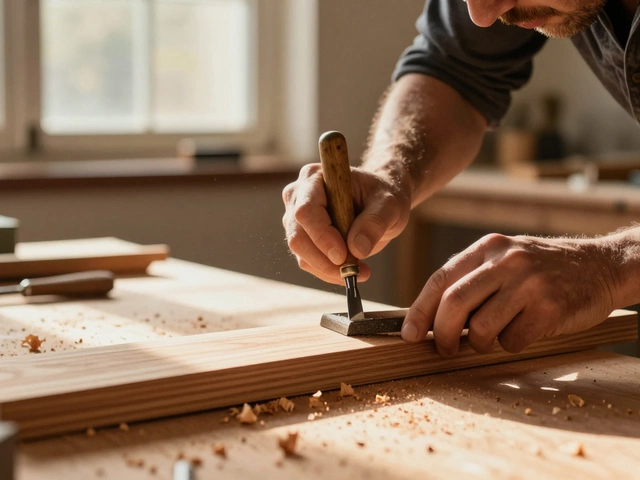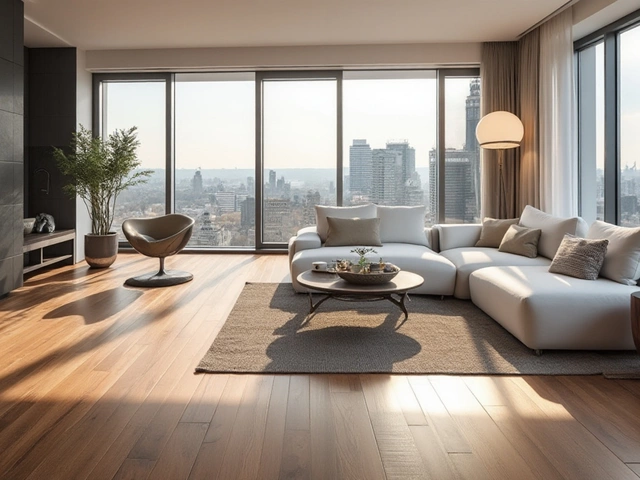Best Flooring: Types, Tips, and Budget-Friendly Luxury Ideas
When you’re picking the best flooring, the surface that defines how a room feels underfoot and looks to the eye. Also known as flooring materials, it’s not just about looks—it affects comfort, noise, resale value, and even how easy it is to clean. You don’t need to spend a fortune to get flooring that feels high-end. Many homeowners think luxury means expensive hardwood or stone, but the truth is, modern materials like vinyl plank, a durable, water-resistant option that mimics wood or stone with incredible realism and luxury vinyl tile, a rigid, scratch-resistant alternative perfect for kitchens and bathrooms can outperform traditional options in both looks and longevity.
The best flooring isn’t one-size-fits-all. It depends on your room, your lifestyle, and your budget. If you’ve got kids or pets, you want something that handles spills and scratches without looking worn out. If you love the warmth of wood but worry about moisture, engineered hardwood or high-end laminate might be your sweet spot. For basements or bathrooms, waterproof options like vinyl or porcelain tile are the only smart choices. And if you’re trying to make a small room feel bigger? Light-colored, large-format planks do wonders—especially when paired with the right lighting. You’ll notice in the posts below that many homeowners are turning to budget-friendly luxury flooring, techniques and materials that create the illusion of high-end finishes without the high-end price tag to get that spa-like bathroom or upscale living room without breaking the bank.
What you’ll find here isn’t a list of random products. These are real solutions people have used—from how to pick the right underlayment to tricks for making cheap flooring look expensive, and even how to avoid common installation mistakes that ruin the look. Some posts show you how to stretch your dollar with DIY finishes. Others reveal which patterns and colors make a floor pop without needing a full remodel. You’ll see how lighting, furniture placement, and even the direction of the planks can change how your floor reads in the room. There’s no fluff. Just clear, practical advice from people who’ve been there—whether they’re redoing a 1970s kitchen or updating a rental apartment on a tight budget. Ready to see what works? The posts below are packed with real examples, step-by-step tips, and the exact products and methods that deliver real results.







